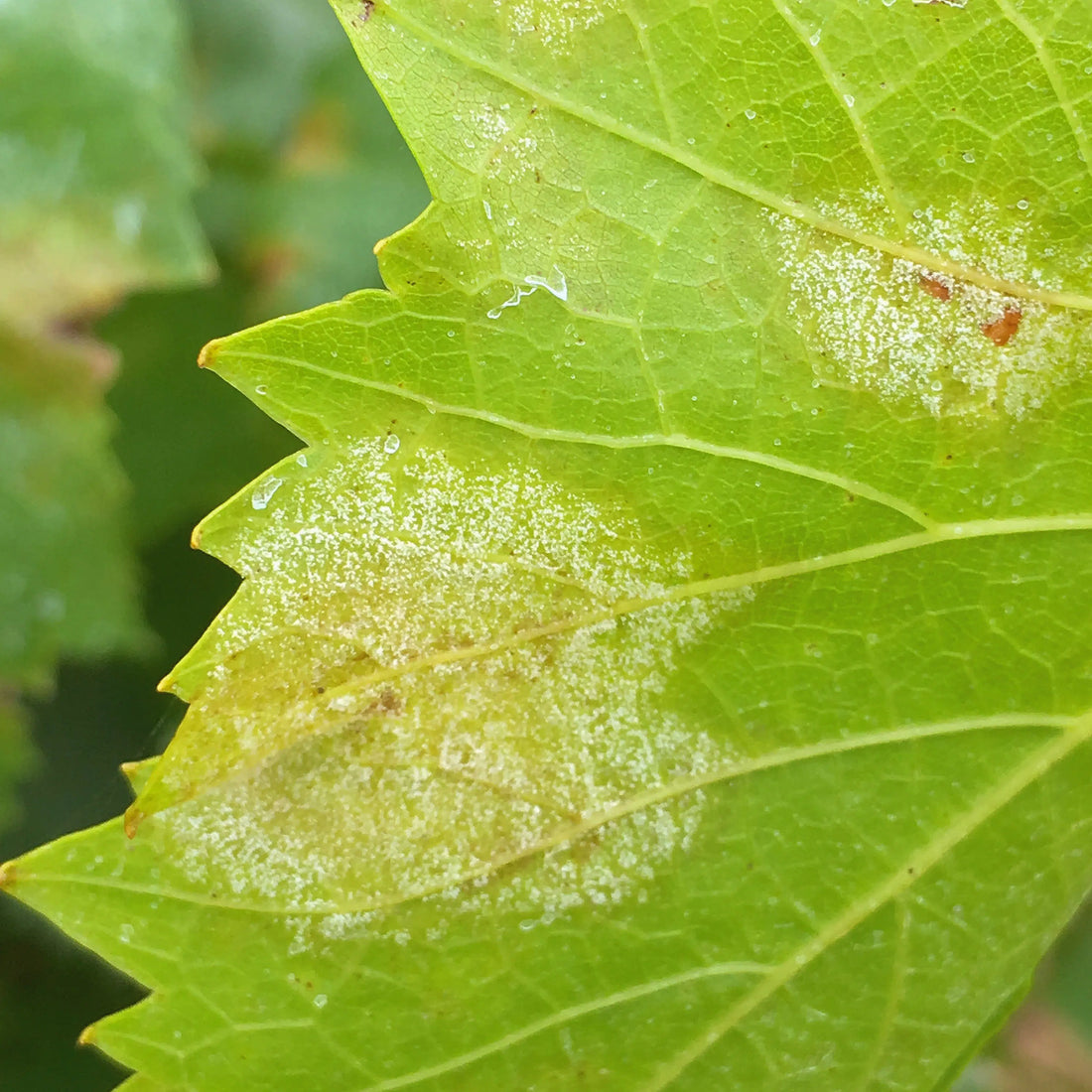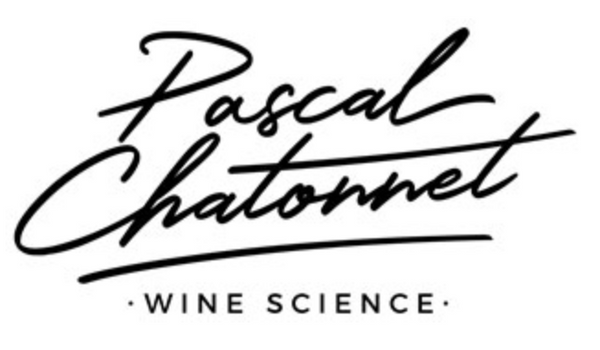
Intelligent management of vine foliage in Agro-Synergy
The vine is a liana. It grows constantly throughout the year and requires the winegrower to control the development of the foliage. Without intervention, the vineyard becomes an inextricable jungle. Thus, regularly, we must trellis, disbud (eliminate unnecessary shoots), de-seed (cut off the regrowth on the trunk), top (cut the head of the stems), trim (reduce the development of foliage), braid (so as not to top ), splinter (eliminate the centers) and strip the leaves (remove the leaves facing the clusters) each vine to order the development of the foliage. All this work is done manually. It represents the majority of our labor and our production costs. Mechanizing all of these tasks is always impossible if we want to respect the degree of precision that we have set for ourselves. We of course always seek to encourage the development of the foliage and its exposure to the sun to encourage the photosynthesis of the plant as much as possible. However, excess foliage can induce an internal microclimate favorable to cryptogamic diseases by reducing ventilation of the canopy and in particular of the fruiting zone; excessive shading will also disrupt the quality of fruit ripening (plant aromas, altered phenolic composition ). The stems of the year must be oriented and guided individually (lifting) to obtain perfect solar capture then easy pruning the following winter. The foliage must be both dense and transparent so that air and light pass right through it. Easy to describe but complicated to do. This is why the “little hands” of our winegrowers who are constantly busy from May to the beginning of August, although little known, are so important. This work is often thankless when the climate is too hot or too humid and you have to go without delay because the vines don't wait...I am always grateful for the work of these "nameless" people who must be infinitely respected . But I don't know how long we will find willing labor for this work...Beyond the topping and trimming, the mechanization of these simple and delicate operations is not at all obvious. and their cost continues to increase every year. So when we advocate a return to manual braiding of shoots rather than their mechanical trimming, I certainly understand the interest from a biological point of view, but I am incapable of passing on the economic cost to my clients...So I I will refrain from braiding, while dreaming of future robots capable of carrying out all these demanding and thankless tasks without complaining at a more reasonable cost than by hand. This is certainly, and perhaps unfortunately, the future of high-precision viticulture. The question of leaf removal always leads to a complex answer. Yes, no, when, how, why? For each grape variety and plot, the answers may be different. In practice, leaf stripping is intended to expose newly formed clusters to sunlight early on. We wait for the clusters to fully form (fruit set) to remove the two or three leaves facing them on one or two sides depending on the north-south or east-west orientation of the rows, the vigor of the vine, the soil ( more radiative on superficial bass). This exhibition has several goals. First ventilate and dry the clusters in humid years to limit their attack by parasitic fungi (mildew, powdery mildew, black rot and botrytis); then promote a rapid and significant accumulation of tannins in the skins. These tannins will then transform more quickly and in greater quantities during veraison into colored anthocyanins. Finally, eliminate plant aromas (“green pepper” linked to the presence of methoxy-pyrazines) which are sensitive to the ultraviolet of the solar spectrum. But at the same time, in a particularly hot year, any overexposure to the scorching sun must be avoided in order to avoid scalding of the bunches which quickly leads to their destruction. Overexposure of grape clusters to the sun during ripening can also lead to fruit loss and accelerated wilting of the grapes before harvest. We must therefore be triple careful. The equation is complex each year because we never know what weather is in store for us in the future... However, early leaf removal statistically presents more advantages than disadvantages if it is carried out in moderation. We therefore carry it out almost systematically, but by dosing it differently according to the criteria set out above, while certain poorly vegetative plots are not at all. Goodbye to the almost total defoliations ordered by certain guru consultants in the years 1990-2010 to obtain concentrated and “jammy” fruits which please, or above all please, the taste of certain consumers residing across the Atlantic. Manual leaf stripping is more precise, but not more respectful of the grapes (the hand hurts as much as a well-adjusted pneumatic leaf stripper) and three times more expensive. We will understand here again that for basely economic reasons we cannot generalize manual leaf stripping….On the other hand, often Cabernet Francs and sometimes Malbec are thinned manually because these grape varieties produce larger cores which are difficult to control than those. of our Merlot; well-done pruning is more effective than leaf removal! In the event of heat waves, while the clusters are now relatively exposed, it becomes necessary to reduce the risk of burns. Recent years have forced us to react on several occasions. Like sunscreen, we preventively spray two or three times with an organic white clay (kaolinite) on the foliage and the clusters to effectively protect them from excess radiation if necessary. This technique is in fact very old and is found under the name of “dusting” (pulveraîio, ύποκόνισις), described in antiquity all around the Mediterranean by Columelle: during digging around the plants in summer we raised dust to protect the vines from the sun. Amouretti Marie-Claire. Ancient viticulture: constraints and technical choices. In: Revue des Études Anciennes. Volume 90, 1988, n°1-2. pp. 5-17
